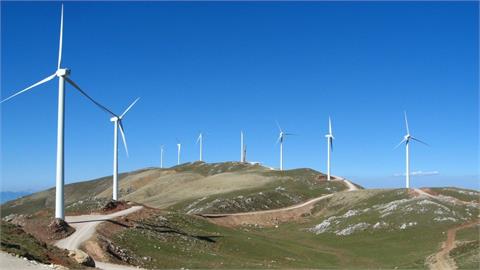In April this year, IENE completed a major study which it had undertaken on behalf of Greece’s Independent Transmission Electricity Operator (IPTO). The study examined the integration of energy storage systems in the electricity system of Crete, which is Greece’s largest island, and has an autonomous electricity system powered by oil fired generation units.
Following the island’s electricity interconnection-now in progress and scheduled for completion by late 2023 - with that of mainland Greece (and with the national electricity system) the operation of its electricity system will be affected with the gradual withdrawal of the various oil fired units and the larger participation, of RES systems into the system. In addition the new interconnection environment offers the possibility for enhanced use of energy storage systems, both Battery Energy Storage Systems (BESS) and Pumped Hydro Energy Storage. What follows is the Executive Summary of the above study which IENE carried out under the full title “Feasibity Study of Energy Storage Systems’ integration in Crete”.
system will be affected with the gradual withdrawal of the various oil fired units and the larger participation, of RES systems into the system. In addition the new interconnection environment offers the possibility for enhanced use of energy storage systems, both Battery Energy Storage Systems (BESS) and Pumped Hydro Energy Storage. What follows is the Executive Summary of the above study which IENE carried out under the full title “Feasibity Study of Energy Storage Systems’ integration in Crete”.
More specifically, the study explores the economic feasibility of the integration of Battery Energy Storage Systems (BESS) in Crete in two-time frames, (a) one in 2022 before the commissioning of HVDC cable interconnector Crete-Attica and (b) the other in 2030 after the commissioning of the HVDC interconnector. For the purpose of the elaboration of the analysis the CRETE-UCED+S model was developed by IENE, in General Algebraic Modeling System (GAMS) modeling language. It is a mixed integer linear mathematical optimization model, which is solved by CPLEX solver.
The CRETE-UCED+S model approaches the problem of BESS integration in Crete as a unit commitment problem by simulating the operation of power generation in the electricity control area of Crete and the electricity flows towards and from the interconnected system, minimizing the variable cost of the island’s electricity system. On this basis, the model calculates the operational costs of all available power plants, the electricity cost of imported electricity and also estimates the operational benefit of the integration of a technology and capacity specific BESS in the system of Crete. The additional benefits from participation in the balancing market of the Greek interconnected system are not accounted for, as the model comprises only the system of Crete.
The study’s Executive Summary is presented in a special Briefing Note, which IENE has just posted in the Publications section of its official site.




